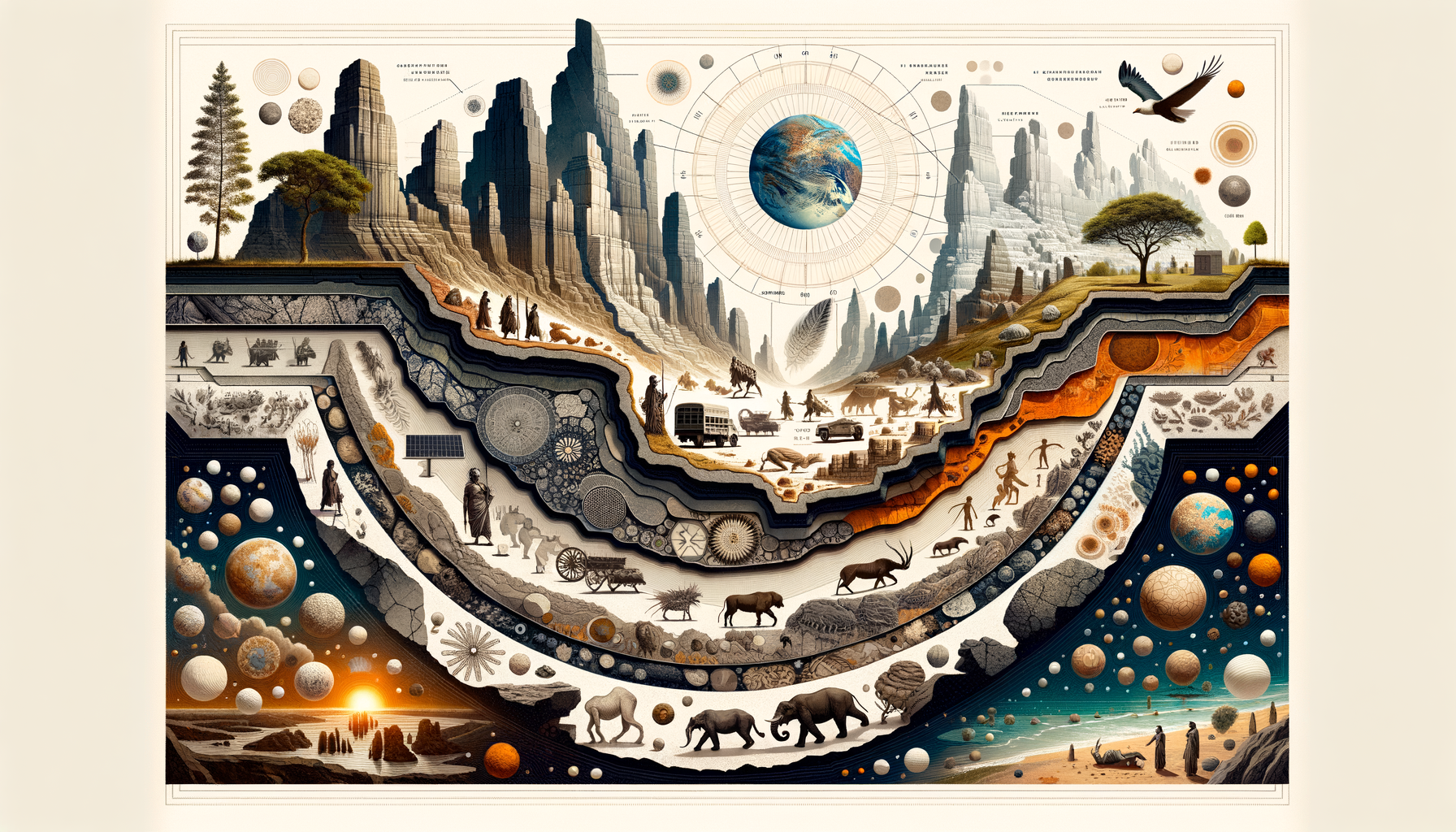The Geological Odyssey of the Indian Subcontinent: Mirroring Life's Journey
Explore how the extraordinary geological journey of the Indian subcontinent parallels our personal evolution, shedding light on the forces that shape both landscapes and lives.

The Great Drift
I often find myself staring at the map of the world, fascinated by the shapes and the yet more intriguing stories they tell. The Indian subcontinent, in particular, narrates a tale that reads like an epic saga. Once a part of the ancient supercontinent Gondwanaland, its journey to join the Asian landmass is a story that spans millions of years. This massive tectonic journey reminds me of our own life's voyage, drifting and evolving through time and experiences.
Collision Course
Imagine the sheer force and determination required for the Indian plate to break away and travel northwards, only to collide with the much larger Eurasian plate. This monumental clash gave birth to the Himalayas, the majestic mountains that stand tall and proud today. In the same way, our personal trials and confrontations shape us, creating towering strengths and deep-rooted resilience. Sometimes, it takes a seismic event to propel us to new heights.
Layers and Faults
When we dig deeper into the Earth's crust, we come across various layers and faults. These layers narrate the chronological sequence of events that have impacted the subcontinent over geological time. Similarly, our memories, experiences, and emotions are the layers of our character. The faults are the lessons learned and the mistakes made—each contributing to our growth. For more insights on the physical features of India, you can explore this comprehensive guide.
Erosion and Renewal
Over millions of years, erosive forces like wind and water continually sculpt and reshape the land. Likewise, life's challenges and triumphs wear us down at times, but they also polish and refine us. The sand dunes of Rajasthan and the fertile plains of the Ganges tell stories of both taking and giving, just as we experience loss and renewal in our lives.
The Ocean's Influence
The coastal lines of the Indian subcontinent have their own narrative. The meeting of land and sea is a dynamic interplay, much like the balance we must strike between our external lives and internal thoughts. The rich biodiversity found along these coasts teaches us about harmony, adaptation, and change.
The Human Element
It's remarkable how humans have adapted to, and in turn, shaped the geological features of India. From the ancient civilizations of the Indus Valley to modern metropolises, our lives and the land are intrinsically linked. Our stories are written in the soil, rocks, and rivers around us. Thus, the geological history of India isn't just a chronicle of tectonic movements, but a reflection of our collective journey as a species.
My Takeaway
The geological formation and evolution of the Indian subcontinent resonate deeply with our personal growth and transformation. Just as Earth’s plates move and clash to create something magnificent, so too do we undergo our own shifts. Our experiences shape and mold us, pushing us toward our personal 'Himalayas' to achieve great heights. In understanding geology, we may find a mirror to our very souls, revealing the tectonic forces that have sculpted who we are today.